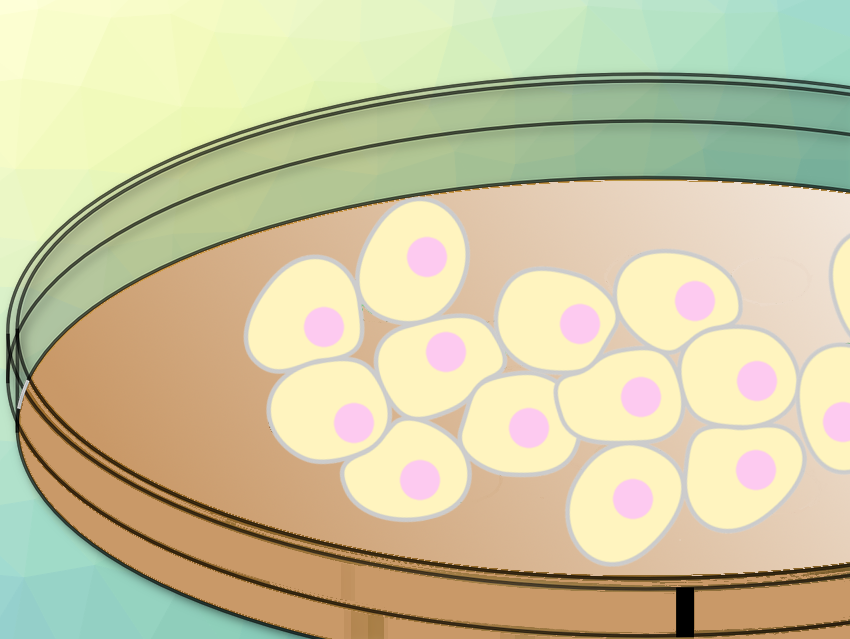Phospholipid nanocarriers have excellent cargo encapsulation efficiency, high water dispersibility, and excellent biocompatibility, making them promising for drug delivery and bioimaging applications. While their biological applications are well documented, the fundamental aspects of phospholipid-cell interactions beyond cytotoxicity have been less studied. In particular, the effects of phospholipid nanocarriers on the collective behavior of cells remain unclear.
Chwee Teck Lim, Bin Liu, and colleagues, National University of Singapore, have investigated the effects of 1,2-distearoyl-sn-glycero-3-phosphoethanolamine-poly(ethylene glycol) (DSPE-PEG) phospholipid nanocarriers with different sizes and surface functional groups on the collective migratory behaviors of breast epithelial cells with different metastatic potential.
The team used DSPE-PEG nanocarriers with three functional groups, i.e., COOH, OCH3, and NH2. They used two sub-100 nm sizes, i.e., 20 and 60 nm, which have been reported to be optimal sizes for enhanced localization at tumor sites. They used three immortalized human breast epithelial cell lines representing various stages of cancer progression: noncancerous MCF-10A, malignant nonmetastatic MCF-7, and malignant metastatic MDA-MB-231 cells. The researchers used time-lapse imaging, atomic force microscopy (AFM), confocal laser scanning microscopy, quantitative image analysis, and immunoblotting in their studies.
The team found that the nanocarriers selectively affected the collective migration of breast epithelial cell sheets. The migration speed of MCF-10A cell sheets was slowed while that of MCF-7 and MDA-MB-231 cell sheets were accelerated. In addition, the migration direction and persistence of MCF-7 cells increased in the presence of phospholipid nanocarriers. Phospholipid nanocarriers also selectively altered the stiffness of the organelles (particularly nuclei, cytoplasm, and cell–cell junctions). They also remodeled their actin structural networks and varied the actin-related protein expressions.
The researchers assume that their study will further shed light on the interactions between nanomaterials and cells and improve the designs of phospholipid nanocarriers for safer theranostic and nanomedical applications.
- Differential Collective Cell Migratory Behaviors Modulated by Phospholipid Nanocarriers,
Kenry, Trifanny Yeo, David T. She, Mui Hoon Nai, Von Luigi Marcelo Valerio, Yutong Pan, Eshu Middha, Chwee Teck Lim, Bin Liu,
ACS Nano 2021.
https://doi.org/10.1021/acsnano.1c03060




